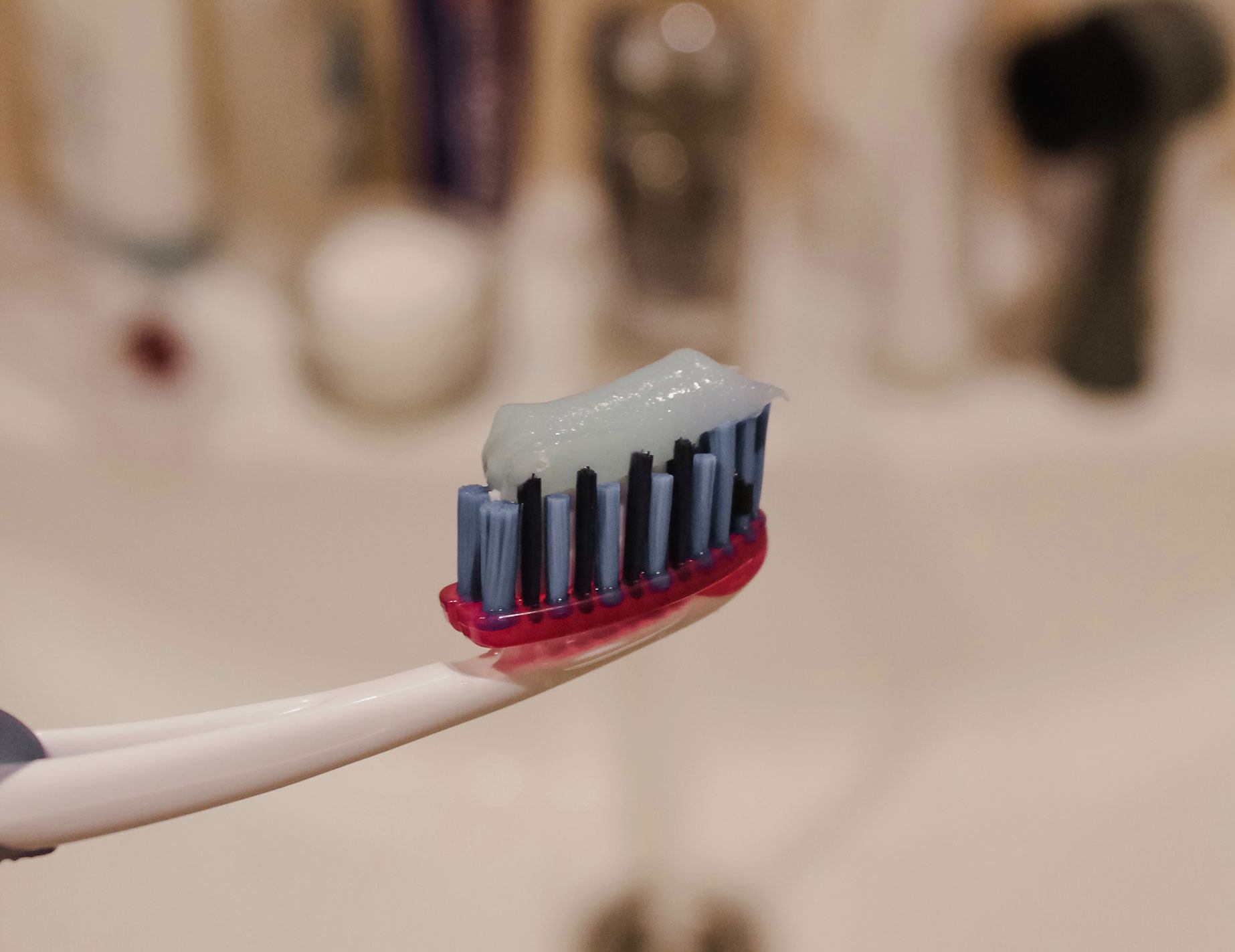If you've spent any time on social media, you’ve likely seen posts about how to get beautiful white teeth at home - all with common household ingredients! But there's a reason why these kinds of DIY opportunities sound too good to be true. For one, they're not as effective as they promise. And for another, when your teeth are involved, there's a lot more risk than reward at hand.
If you're feeling frustrated by dingy teeth, heading to your kitchen and grabbing the baking soda isn't the best first step. But you don't have to resort to professional teeth whitening if you're not interested. In fact, taking some of our tips under advisement will help you find a brighter smile without big costs or commitments. We've broken down safe teeth whitening below and how you can achieve your smile goals without putting yourself in danger.
Interested in a dazzling smile in a fraction of the time? Schedule a consultation to talk to Dr. Okamura and learn more about your options. We’ll cover some of what's available in the post below, but there's nothing like a face-to-face conversation with your dentist. Whether you're looking for low-key home options or dramatic professional results, there's a whitening road that will lead to your preferred destination.
Why Natural Teeth Whitening Can be Bad for You
While it might seem superficial, whitening is and will always be a dental procedure. It impacts your enamel and can affect your gums and other areas of your mouth. If it's not done properly, you can experience injury to your soft tissues or enamel. There are ways to whiten at home, but they all involve ADA-approved whitening kits. Once you start venturing into DIY territory you're putting your teeth at risk.
Enamel is super strong and tough, right? While your teeth might seem indestructible, they’re actually more susceptible to damage than you might suspect. Your enamel is the strongest substance in your body, but it's not impervious to all forces. Professional teeth whitening works by breaking up stains that have lodged within enamel. Your enamel has pores, so there are tiny holes that act as homes for dark stains from habits (like tobacco use), foods and drinks. This is achieved with the use of chemicals like hydrogen peroxide that give rise to an oxidation reaction once they penetrate enamel.
The Difference with DIY Whitening
But this isn't how natural teeth whitening methods work. They don't contain the same chemicals, so they need to whiten teeth through other mechanisms. Most of these DIY whitening ingredients scrub the enamel to wear away superficial stains. The problem is, they're also wearing away the enamel itself. Those who use home methods for extended periods of time end up seeing premature tooth erosion and sensitivity. And the thinner your enamel is, more likely it is for dentin to show through. This inner tooth layer is dark yellow and will impact the brightness of your smile in the opposite way you were hoping.
Of course, with the online world's social media society, promises of cheap and easy whitening are going to get a lot more attention than a whitening post that recommends that you talk to your dentist. There's a proliferation of this kind of advice online, and you need to be careful to make sure you're not taking tips that are actually hurting your body. Some common DIY whitening options include a paste made with strawberries and baking soda, which users feel is scrubbing away stains, or lemon juice, which supposedly bleaches teeth. In reality, the first is overly abrasive and the second is dangerously acidic. And casual studies have shown that the strawberry paste doesn’t actually yield noticeable whitening.
When Tooth Bleaching Doesn't Do the Trick
In addition to the danger of Home methods, there's also the risk that the stains aren't actually external. There are two types of tooth stains - intrinsic and extrinsic. The former was discussed in the last section, and resides in the enamel. The latter takes hold deeper in the tooth, and is typically formed during tooth development. It may be caused by certain antibiotics, by tooth damage, or by especially thin enamel that allows inner tooth layers to show through. These stains won’t lighten with superficial treatments - they need to be covered with bonding, veneers, or crowns.
Of course, with the online world's social media society, promises of cheap and easy whitening are going to get a lot more attention than a whitening post that recommends that you talk to your dentist. There's a proliferation of this kind of advice online, and you need to be careful to make sure you're not taking tips that are actually hurting your body. Some common DIY whitening options include a paste made with strawberries and baking soda, which users feel is scrubbing away stains, or lemon juice, which supposedly bleaches teeth. In reality, the first is overly abrasive and the second is dangerously acidic. And casual studies have shown that the strawberry paste doesn’t actually yield noticeable whitening.
How to Maintain a Bright Smile

If you’re hoping to up your whitening antics with simple daily steps, look no further. Make sure to do the following and you’ll be treating your teeth right:

